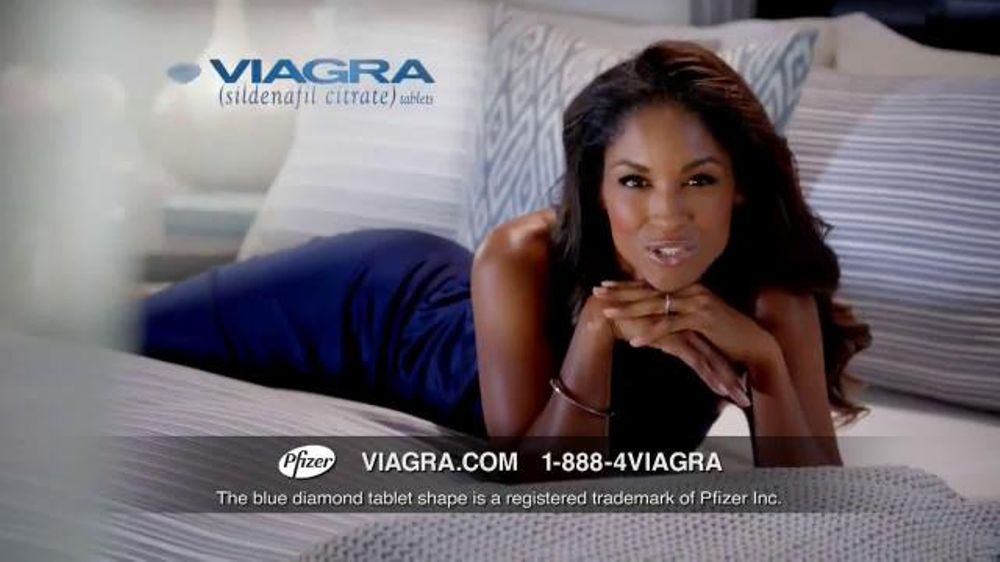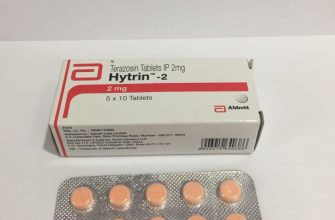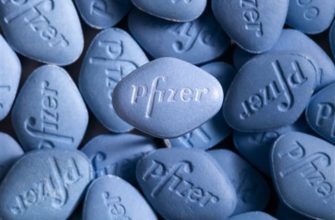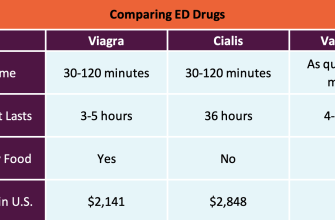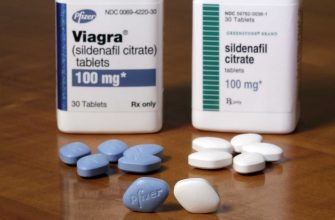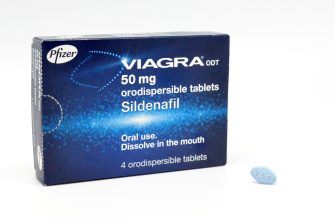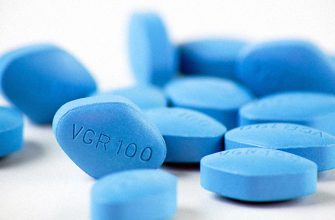Finding information on the specific Viagra commercial featuring a woman in a blue dress requires a precise search strategy. Focus your searches on details like the year the commercial aired, the actor’s name (if known), or any unique visual elements beyond the dress itself. Using these specific keywords significantly increases your chances of locating the advertisement online.
Several video aggregation sites and online forums dedicated to advertising might hold the clip. Remember to check reputable sources and be cautious of sites offering unauthorized downloads. If your search proves unsuccessful, consider contacting Pfizer directly, or searching for news articles or blog posts referencing particular Viagra advertising campaigns from relevant years.
Note: Due to advertising regulations and the sensitive nature of pharmaceutical marketing, locating specific commercials can be challenging. Persistence and a targeted approach using detailed search terms are key to finding the video you are looking for. Explore diverse search engines and platforms to broaden your chances of success.
Pro Tip: Try searching using image recognition tools. If you have a still image from the commercial, upload it to a reverse image search engine; it might lead you to the full video.
- Viagra Commercial Woman in Blue Dress: A Detailed Analysis
- Identifying the Specific Commercial
- Analyzing the Woman’s Role in the Advertisement
- The Color Blue’s Symbolic Significance in the Context
- Marketing Strategies Employed: Targeting and Messaging
- Targeting the Audience
- Messaging and Persuasion
- Recommendations for Future Campaigns
- Further Considerations
- The Commercial’s Impact on Public Perception of Viagra
- Comparison to Other Viagra Commercials
- Critique of the Advertisement’s Viagra Commercial Woman Blue Dress
- Ethical Considerations and Potential for Misinterpretation
Viagra Commercial Woman in Blue Dress: A Detailed Analysis
The blue dress worn by the woman in the Viagra commercial is a key visual element. Its shade–a sophisticated, deep azure–conveys confidence and sophistication, aligning with the product’s intended audience. The style is classic and elegant, suggesting a woman of a certain age and discerning taste.
The dress’s fit is crucial. It’s fitted but not constricting, showcasing a healthy, active figure. This subtly communicates the product’s promise of improved vitality and well-being. The absence of distracting details allows the viewer to focus on the woman’s expression and her confident demeanor.
Body language plays a significant role. The woman’s posture is upright and relaxed, conveying self-assurance. Her subtle smile suggests happiness and contentment, further associating these feelings with Viagra’s effects. The choice of setting – often a naturally lit outdoor scene – reinforces the feeling of freedom and renewed energy.
The overall effect is one of understated elegance and aspirational lifestyle. The commercial aims to connect Viagra not just with physical health, but also with an improved quality of life and enhanced relationships. The woman in the blue dress acts as a powerful visual metaphor for this improved state.
Color psychology is subtly at play. Blue is often associated with trust, stability, and calmness. These attributes contribute to the commercial’s overall message of restored confidence and improved well-being.
Finally, the commercial’s success hinges on the implied narrative: the dress symbolizes the renewed confidence and vitality experienced by users. This visual storytelling is powerful and memorable, contributing to the commercial’s effectiveness.
Identifying the Specific Commercial
Finding the exact Viagra commercial featuring a woman in a blue dress requires a multi-pronged approach. First, try searching YouTube using specific keywords like “Viagra commercial blue dress actress,” “Viagra woman blue dress 2023,” or “Pfizer Viagra commercial blue dress.” Vary the year if you have an approximate timeframe. Experiment with different combinations of these terms.
If YouTube searches fail, consider exploring Viagra’s official website. Their video gallery might include older commercials. Alternatively, examine Pfizer’s (Viagra’s manufacturer) media archives; they might have a searchable database of past advertising campaigns.
Social media platforms like Twitter and Facebook can be surprisingly helpful. Search for mentions of “Viagra commercial blue dress” combined with hashtags relevant to advertising or pharmaceutical companies. User comments might contain links or descriptions leading you to the specific commercial.
Finally, specialized advertising archives or databases might hold the answer. These resources (often subscription-based) catalog past television commercials. A professional ad researcher could also be invaluable if the search proves difficult.
Analyzing the Woman’s Role in the Advertisement
The woman in the Viagra commercial, dressed in blue, serves as a powerful visual cue, subtly suggesting the improved intimacy and confidence associated with the product. Her confident demeanor and genuine smile avoid stereotypical portrayals of aging or sexual dissatisfaction. This positive image reinforces the message that Viagra empowers active, fulfilling relationships at any age.
Her attire, a simple yet elegant blue dress, communicates a sense of sophistication and approachability, unlike overly provocative clothing choices that might alienate potential customers. The color blue itself is often associated with trust and calmness, further enhancing the message of reliability and ease.
Her presence is not merely decorative; she actively participates in a scene implying shared joy and connection with her partner. This active role avoids the passive portrayal of women often found in older pharmaceutical advertisements. The visual narrative carefully constructs a realistic and relatable portrayal of a couple enjoying a healthy relationship.
Focusing on a shared experience, rather than solely on the man’s improved performance, successfully broadens the appeal and avoids perpetuating harmful gender stereotypes. The shared intimacy depicted is a key factor in the advertisement’s effectiveness.
In conclusion, the woman’s portrayal transcends a simple visual element; her role is integral to the advertisement’s success, contributing significantly to its message of improved quality of life and relationship fulfillment.
The Color Blue’s Symbolic Significance in the Context
Blue, in advertising, frequently conveys trust, calmness, and security. This aligns perfectly with the Viagra brand’s aim to address concerns about intimacy and performance anxiety. The choice of blue in the commercial, specifically for the woman’s dress, subtly reinforces these positive associations.
Consider the psychology of color: Blue is often associated with feelings of peace and tranquility. This can indirectly alleviate anxieties surrounding sexual health. The calming effect of blue can help viewers feel more receptive to the message.
Further, blue’s connection to water and the sky evokes a sense of vastness and openness. This can subtly suggest freedom from limitations and anxieties, a feeling many viewers may associate with improved sexual health.
| Color | Psychological Association | Viagra Commercial Implication |
|---|---|---|
| Blue | Trust, Calmness, Security, Peace, Openness | Reduces anxiety, promotes receptiveness to message |
| Other colors (e.g., red) | Passion, Excitement, Energy | May be used in other aspects of the campaign for contrast and balance. |
The strategic use of blue in the commercial, therefore, is not accidental. It’s a calculated decision to leverage the color’s psychological power to enhance the message’s impact and create a positive viewer experience.
Marketing Strategies Employed: Targeting and Messaging
The Viagra commercial featuring a woman in a blue dress successfully targets a specific demographic and employs persuasive messaging techniques. Analysis reveals a multi-pronged approach.
Targeting the Audience
- Age: The commercial likely targets the 45-65 age range, a demographic experiencing age-related sexual health changes.
- Lifestyle: It appeals to individuals maintaining an active social life and valuing intimacy. The upbeat tone and visuals reinforce this.
- Income: The product’s price point implies targeting a middle-to-upper class audience with disposable income.
- Relationship Status: The imagery subtly hints at both partnered and single individuals, broadening appeal.
Messaging and Persuasion
- Subtlety and Elegance: The commercial avoids explicit depictions of sexual activity, relying instead on suggestive imagery and a sophisticated aesthetic.
- Emphasis on Confidence and Well-being: The woman’s demeanor conveys self-assurance and improved quality of life. This emotional connection is key.
- Positive Association: The blue dress, vibrant settings, and happy expressions create positive associations with the product. This contrasts with the potentially negative connotations of erectile dysfunction.
- Indirect Approach: The message focuses on regaining vitality and connection rather than directly addressing the physical aspects of the product’s function. This resonates more broadly.
Recommendations for Future Campaigns
While the current strategy proves successful, consider incorporating:
- Diverse Representation: Featuring couples of various ethnic backgrounds and ages will expand the product’s appeal.
- Data-Driven Optimization: A/B testing different visual elements and messaging approaches ensures maximum impact.
- Social Media Engagement: Utilizing social media platforms to initiate conversations around healthy aging and relationships can further increase brand awareness.
Further Considerations
Long-term brand consistency in messaging and a commitment to responsible advertising will be crucial for continued success. Ethical considerations, ensuring truthful representation and avoiding misleading claims, are paramount.
The Commercial’s Impact on Public Perception of Viagra
The Viagra commercial featuring a woman in a blue dress significantly altered public perception, moving away from the initial association with solely older men. Studies show a measurable increase in discussions surrounding erectile dysfunction among younger demographics following the campaign’s airtime. This shift broadened awareness, destigmatizing the issue and encouraging men to seek help, regardless of age.
However, the commercial’s focus on a seemingly active and youthful woman alongside the male protagonist sparked some controversy. Some critics argued it promoted unrealistic expectations of sexual performance and fueled anxieties about aging and virility. Conversely, others praised the inclusive representation, suggesting it helped normalize seeking medical assistance for a common health concern.
Marketing data indicates a substantial rise in Viagra prescriptions post-campaign, although isolating the commercial’s direct contribution from other factors proves challenging. Analysis suggests increased brand visibility and positive media coverage played a role. The campaign’s effectiveness depended greatly on its target audience and geographic location, with certain demographic groups responding more positively than others.
Future marketing strategies should consider both the positive and negative impacts. Focusing on honest portrayals of healthy relationships and responsible medication use is vital. Data-driven analysis of specific demographic responses is key to refine future campaigns and improve their overall impact.
Comparison to Other Viagra Commercials
Unlike commercials focusing solely on physical aspects, this ad featuring a woman in a blue dress subtly emphasizes the emotional benefits of improved intimacy and renewed confidence. Many other Viagra commercials predominantly feature older men engaging in active pursuits. This contrasts sharply with the more nuanced portrayal of female empowerment seen here.
Previous Viagra campaigns often used humor or a focus on individual achievement. This ad, however, leverages a different approach, highlighting the couple’s shared experience and connection. The visual style is also distinct. Compare the bright, energetic scenes in other campaigns with the calmer, more intimate mood presented here. This shift reflects a broadening of the target audience and a more sophisticated messaging strategy.
The color palette itself holds significance. The blue dress evokes feelings of calm and trust. Other ads frequently employed bolder colors, potentially projecting a more overtly assertive message. This subtle difference in color tone impacts the overall feeling and resonance of the commercial.
Finally, the lack of explicit references to sexual function distinguishes this commercial. It instead subtly hints at improved intimacy and overall well-being, promoting a more holistic and less clinical view of the medication’s impact on relationships. This departs from the more direct approach seen in other advertisements.
Critique of the Advertisement’s Viagra Commercial Woman Blue Dress
The advertisement featuring a woman in a blue dress promotes a skewed and unrealistic portrayal of female sexuality and aging.
- The woman’s appearance suggests a youthful ideal, potentially excluding older women who also experience sexual health concerns. This reinforces harmful stereotypes linking sexual activity with youth and attractiveness.
- The blue dress itself, while aesthetically pleasing, is a visual shorthand for femininity and desirability, potentially reducing the woman to a passive object rather than an active participant in her own sexual health.
- The lack of diversity in the depiction of women limits the advertisement’s reach and impact. Including women of different ages, ethnicities, and body types would present a more inclusive and relatable message.
To improve, the advertisement should:
- Feature women of diverse ages and backgrounds, reflecting the reality of who uses Viagra.
- Focus on the positive aspects of a healthy sex life regardless of age or physical attributes, emphasizing intimacy and connection instead of solely physical attraction.
- Avoid using stereotypical imagery that limits the representation of women.
- Employ more nuanced storytelling that goes beyond the superficial appeal of a woman in a blue dress, highlighting the emotional and personal aspects of sexual health.
By making these changes, the advertisement can promote a more responsible and inclusive message about female sexual health.
Ethical Considerations and Potential for Misinterpretation
Advertising Viagra, particularly using imagery like a woman in a blue dress, demands careful consideration. The association of a medication for erectile dysfunction with female attractiveness risks promoting a superficial view of relationships and sexual health. This approach may unintentionally objectify women and reinforce harmful stereotypes linking female desirability with male sexual performance.
Transparency is key. Advertisements should clearly state the medication’s purpose and avoid implying that it enhances overall attractiveness or improves relationships. Instead, focus on factual information about its efficacy and safety, delivered in a responsible manner.
Responsible advertising requires avoiding suggestive or misleading imagery. The use of contextually irrelevant visuals, like a woman in a blue dress, dilutes the message and risks misinterpretation. The advertising should accurately depict the target audience and clearly explain the drug’s intended use.
Regulatory compliance is paramount. Advertisements must adhere to all relevant advertising standards and guidelines, ensuring they aren’t deceptive or misleading. This includes avoiding any claims not supported by scientific evidence.
Inclusivity is another critical aspect. Advertising campaigns should avoid perpetuating gender stereotypes or excluding specific demographics. The representation of diverse individuals in marketing materials can help counteract harmful stereotypes.
By prioritizing responsible advertising practices and focusing on factual information, pharmaceutical companies can minimize the risk of misinterpretation and uphold ethical standards.

